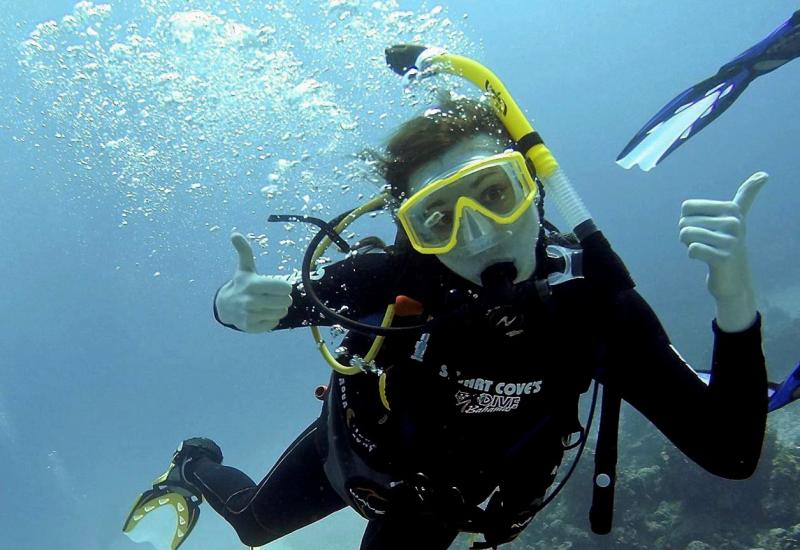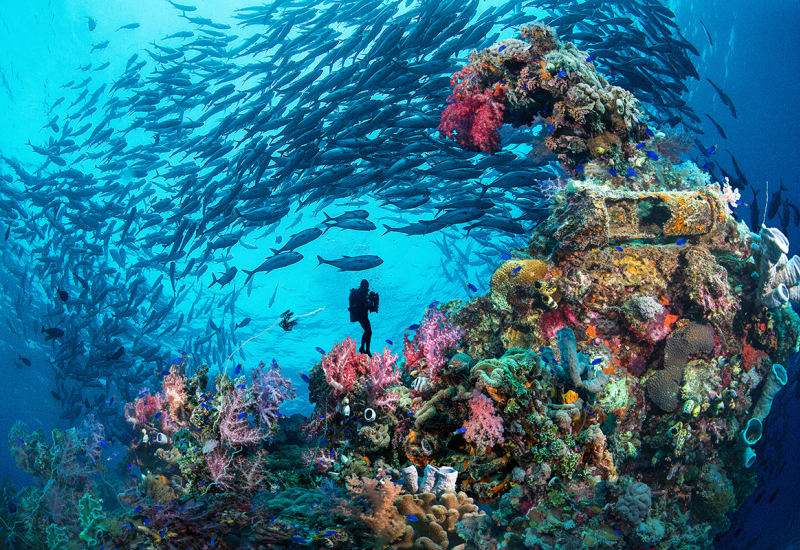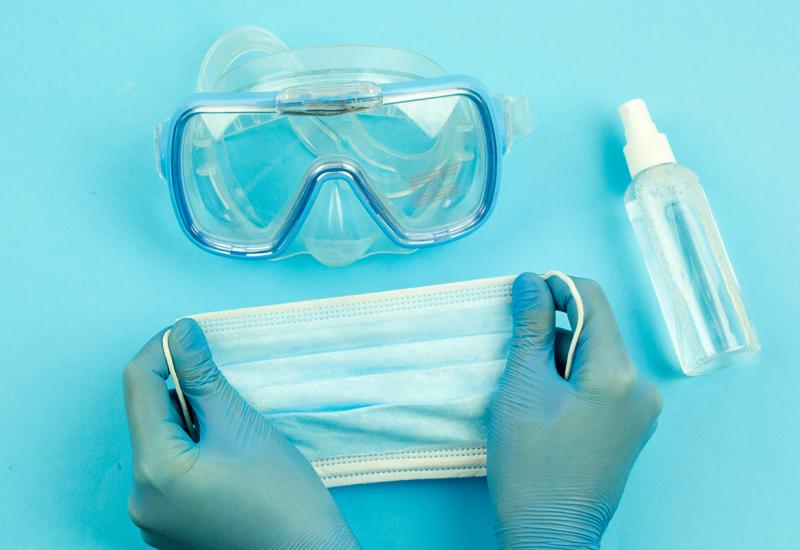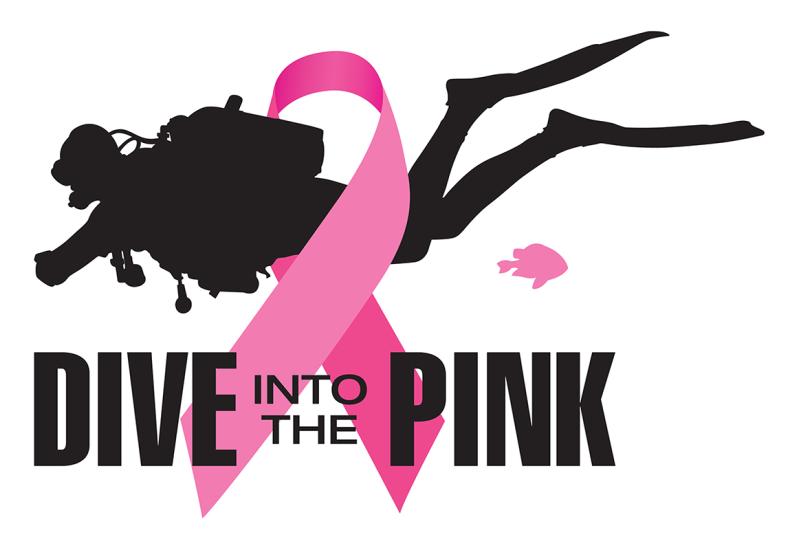What It's Like to Survive a Rip Current
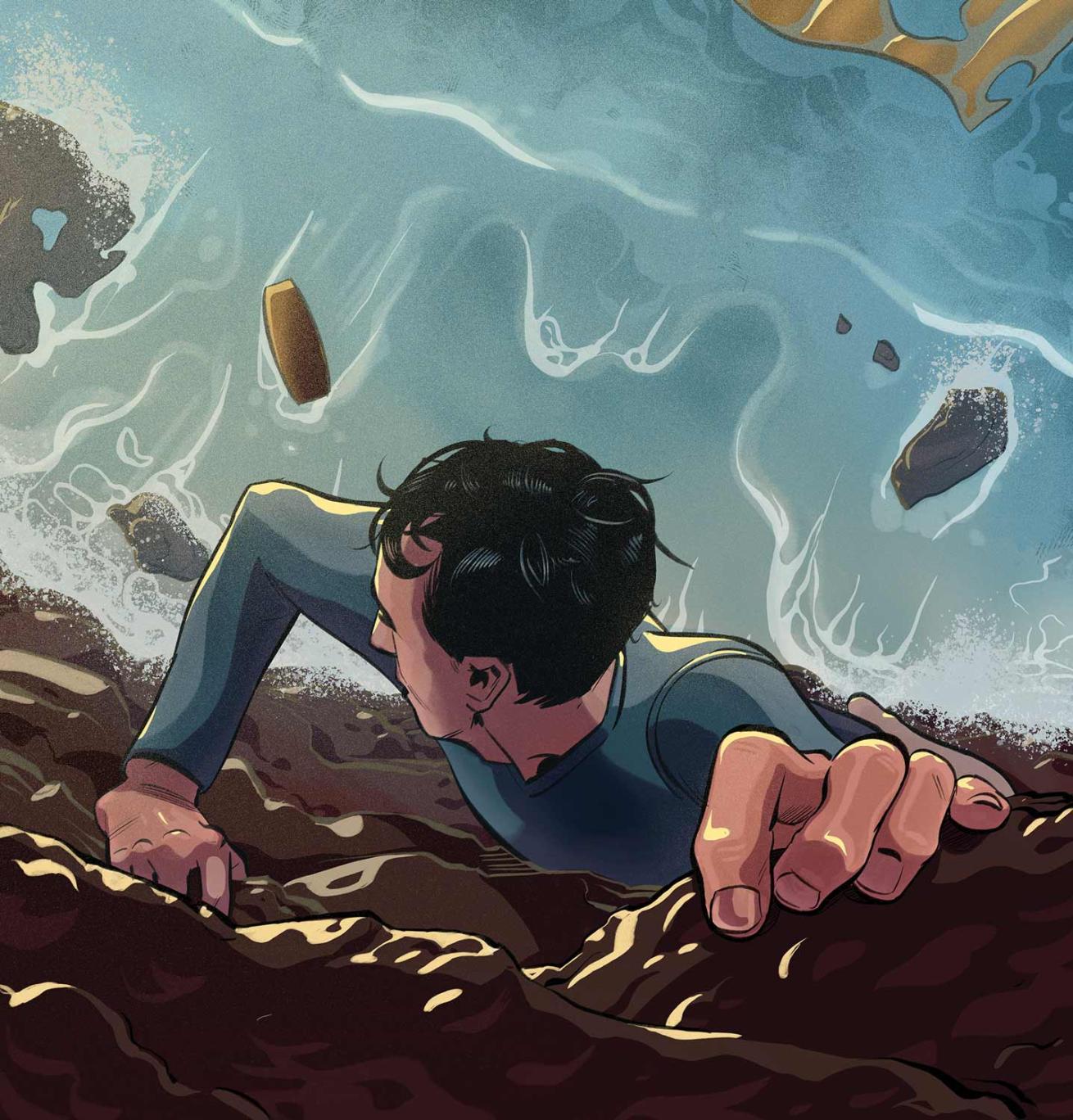
Steven P. Hughes"For 40 minutes, I swam, getting nowhere. I kept getting weaker. I knew that if I didn’t do something, I would run out of energy and drown."
So many rip currents aren’t a big deal—but the one I encountered that day in the Bahamas, if things had worked out differently, could have killed me.
To have a rip, an offshore sandbar is required, plus long-period waves to provide a lot of power. I’ve been a scuba diver for years and haven’t had any problem with rips when diving. Normally I know to check conditions, including looking for rip, which appears as a channel of white water running perpendicular to shore.
The day I got into trouble I was kitesurfing off the island of Eleuthera. The wind changed and dropped, stranding me in front of a 25-foot vertical cliff at the edge of the sea. This area had been a stone arch, which had long ago collapsed. But underneath the collapsed arch was a hole in the rock wall—in other words, an opening where water was powering through like a train that I couldn’t see from the surface.
For 40 minutes, I swam, getting nowhere. I kept getting weaker. I knew that if I didn’t do something, I would run out of energy and drown. I saw flotsam—balloons and logs—that stayed by my side the entire time. Then it hit me: The water was cycling in this tight area, creating a washing-machine-like rip. I needed to let the outflow of water carry me.
I realized that a net surplus of water was stacking up on the inland side of that former rock archway, then was washing out and meeting the incoming water, creating a no-pass zone for swimming.
One truism about rips, regardless of which sport you’re doing, is that if you can’t go against the current, go where it is not. Let it carry you to where the velocity dissipates, which is what I did.
I finally ditched my board and let the water carry me to a low enough cliff that I could climb up. I worked to get up and out. As luck would have it, when I climbed out, someone who had seen my kite was driving by to check if I was OK. When he asked, I realized I finally was.
I have no plans to ever return to that area again.

